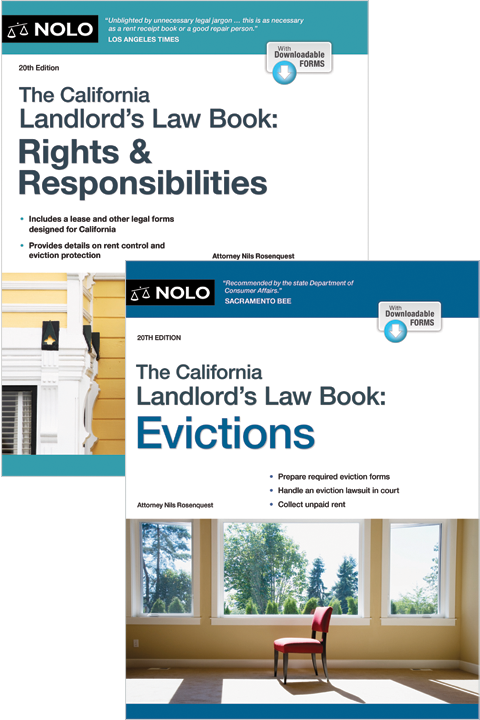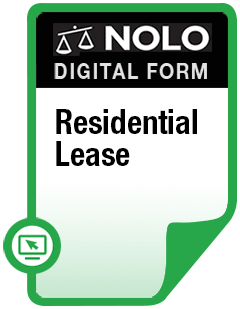Learn how to navigate complex IRS rules to turn your rental property losses into valuable tax deductions.
Losing money in any business venture is never fun, but it can have tax benefits. It's extremely common for landlords to have rental losses, especially in the first few years they own a property. As a general rule, you might be able to deduct your losses from other income you have, such as income from a job or other investments.
Unfortunately, this general rule doesn't apply to rental losses. Complex IRS rules may prevent you from deducting all or part of your rental losses from the other income you earn during the year, which could end up costing you thousands of dollars in extra taxes. However, there are important exceptions to the rules that were created to help small landlords and others in the real estate industry.
What Are Rental Losses?
You have a rental loss if all the operating expenses from a rental property you own exceed the annual rent and other money you receive from the property. If you own multiple properties, the annual income or losses from each property are combined (netted) to determine if you have income or loss from all your rental activities for the year. You report your rental income and deductible expenses on IRS Schedule E.
Often, you have a loss for tax purposes even when your rental income exceeds your operating expenses. This is because you get to depreciate (deduct) a portion of the cost of your rental property each year without having to lay out any additional money. For residential rental property, depreciation is typically calculated over 27.5 years using the General Depreciation System (GDS). (26 U.S.C. § 168 (2025).)
Rental Losses Are Passive Losses
Here's the basic rule about rental losses you need to know: Rental losses are always classified as "passive losses" for tax purposes. This greatly limits your ability to deduct them because passive losses can only be used to offset passive income. They can't be deducted from income you earn from a job or investments such as stock or savings accounts. (26 U.S.C. § 469 (2025.)
"Passive income" is the income you earn from rental real estate or other passive activities. An activity other than real estate is considered passive if you don't "materially participate" in it—that is, work at it for a minimum number of hours each year—usually 750 hours. Passive income doesn't include income from a job, a business you actively manage, or investment income. For example, you'd have passive income if you earn a profit from one or more rentals.
Without passive income, your rental losses become "suspended" losses you can't deduct until you have sufficient passive income in a future year or sell the property to an unrelated party. You might not be able to deduct such losses for years. These losses are suspended indefinitely—there is no expiration on suspended losses.
In short, your rental losses will be useless without offsetting passive income.
Exceptions to Passive Loss Rules
There are only two exceptions to the passive loss (PAL) rules:
- you or your spouse qualify as a real estate professional, or
- your income is small enough that you can use the $25,000 annual rental loss allowance.
Property owners with modified adjusted gross incomes of $100,000 or less may deduct up to $25,000 in rental real estate losses per year if they "actively participate" in the rental activity. You actively participate if you are involved in meaningful management decisions regarding the rental property and have more than a 10% ownership interest in the property. This allowance is phased out for taxpayers whose modified adjusted gross income (MAGI) exceeds $100,000 and is eliminated entirely when it exceeds $150,000. (26 U.S.C. § 469 (2025).) Ultimately, this means it's useless for high-income landlords.
The other exception to the PAL rules is the one for real estate professionals. Unlike the $25,000 exception described above, this is a complete exemption from the rules—that is, landlords who qualify as real estate professionals may deduct any amount of losses from their other non-passive income.
To qualify for this exemption, you (or your spouse) must spend more than half of your total working hours during the year in one or more real property businesses—a minimum of 751 hours is required. In addition, you must "materially participate" in your rental activity. This requires that you work a certain number of hours at your rental activity during the year. For example, you would materially participate if you work at least 500 hours during the year at the activity. You can qualify in other ways as well.
If you own more than one rental property, you are required to materially participate for each rental property you own unless you file an election with the IRS to treat all your properties together as one single activity. This way, you can combine the time you spend working on each rental property to satisfy the material participation test. If you fail to file the election, you'll have to materially participate for each rental property you own. For most landlords, this is impossible to do, which makes filing an election very important.
Current Tax Environment and 2025 Updates
The One Big Beautiful Bill Act (OBBBA), signed in July 2025, permanently reinstated 100% bonus depreciation for qualified property acquired and placed in service after January 19, 2025. Because of this change, property owners might be able to accelerate depreciation deductions and potentially create or increase rental losses they can use strategically under the passive loss rules.
The OBBBA also set the qualified business income (QBI) deduction at 20%, with improved thresholds that might benefit some landlords.
OBBBA, combined with ongoing passive loss limitations, makes proper tax planning even more critical for landlords and rental property owners. For guidance on how to navigate the new laws and strategize about how to maximize your tax situation, it's a good idea to consult with a qualified tax professional.
Talk to a Lawyer
Need a lawyer? Start here.
How it Works
- Briefly tell us about your case
- Provide your contact information
- Choose attorneys to contact you
- Briefly tell us about your case
- Provide your contact information
- Choose attorneys to contact you



